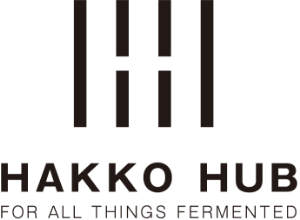Manufacturer Plant Tour (Hakusen Shuzo)
Last October, American food professionals visited fermented food producers to deepen their knowledge of Japanese fermentation culture during the “Hakko Tourism in Japan” tour campaign. As part of the tour, organizers held a tasting session where guests gave candid advice from the perspective of the American market to food product manufacturers looking to enter the United States market.
Hello, this is Maho Tanabe.
In my column, I have been introducing the traditional Japanese seasoning, “Hon-mirin.” I am writing this column in the hope that it will spark your further interest in Hon-mirin.
Today, I wanted to talk about a manufacturer tour that I attended to help us further understand mirin manufacturing.
I recently had an opportunity to visit a mirin manufacturer, Hakusen Shuzo (白扇酒造). This was the manufacturer that actually inspired me to start baking guilt-free sweets made with locally-produced, fermented seasoning.
Since it is close to my house, I’ve visited them many times before. But every time I set foot in their site, I am impressed by the depth of elements that go into mirin production.
Let me give you an introduction to Hakusen Shuzo and tell you how the tour went.
“A manufacturer that embraces the value of time” – Hakusen Shuzo
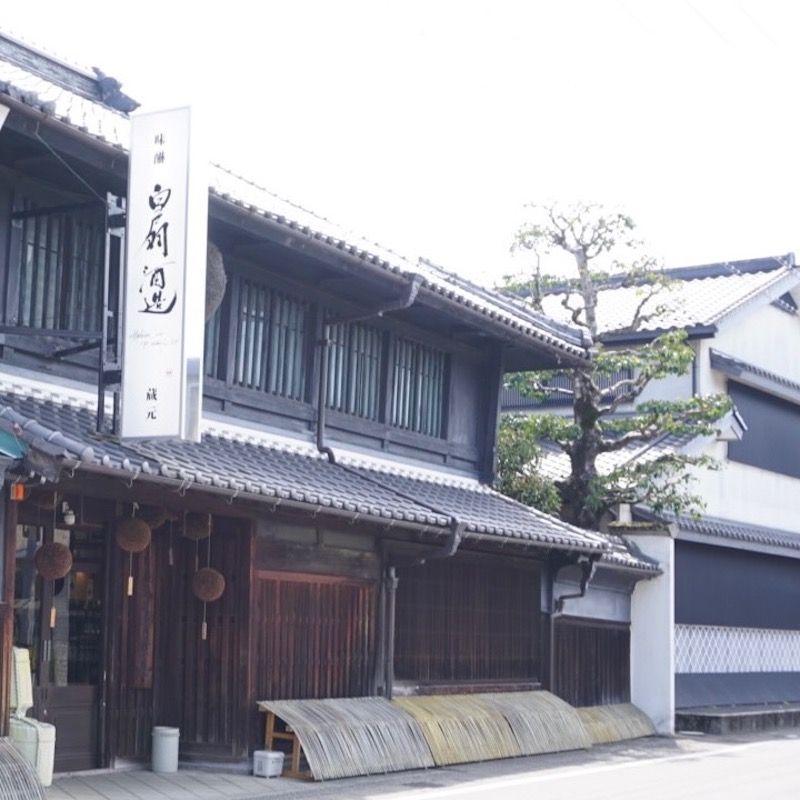
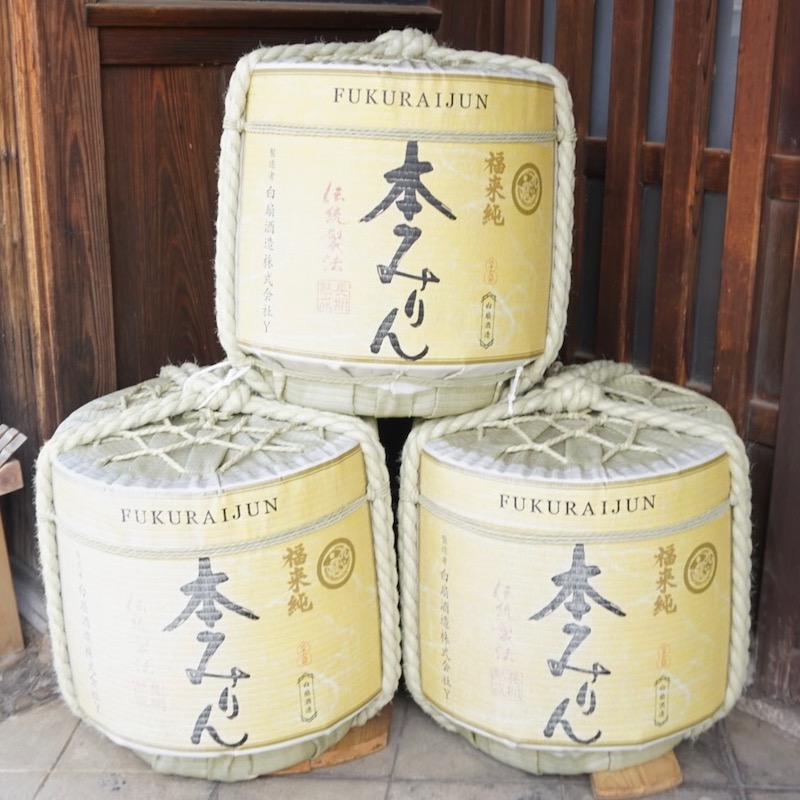
“Through years of experience, preserving tradition and what makes us better.”
Mirin, sake, and shochu are all products with a long history which our ancestors perfected through endless efforts.
From the Edo era until now, Hakusen Shuzo has been making its products by taking time, never compromising on its dedication to creating superior products, using the craftsman handmade method that has been passed down through generations, and only using the highest quality ingredients. This mirin and sake manufacturer, Hakusen Shuzo, is located in the center of Japan, in Gifu prefecture.
The exact year when it was established is unknown, but records show that it was already operating as a mirin shop in the late Edo era and it came to be known as a Kato jozo-ten and was patronized by the locals in the Meiji era. Back then, it procured sake kasu (sake lees) from a local sake manufacturer, produced kasu-tori shochu then finally made mirin. Today, even in Japan, mirin has an image as a seasoning. However, in this period it was consumed as an alcoholic beverage. In 1899, the manufacturer also started producing sake, and since then it has been known as a local sake manufacturer that offers mirin and sake. In 1951, it was established as a company, Hakusen Shuzo, Inc.
In recent years, they have received many awards not only in the mirin category but also in the Japanese sake category. Their cooking-sake is also excellent and I have been a long standing customer.
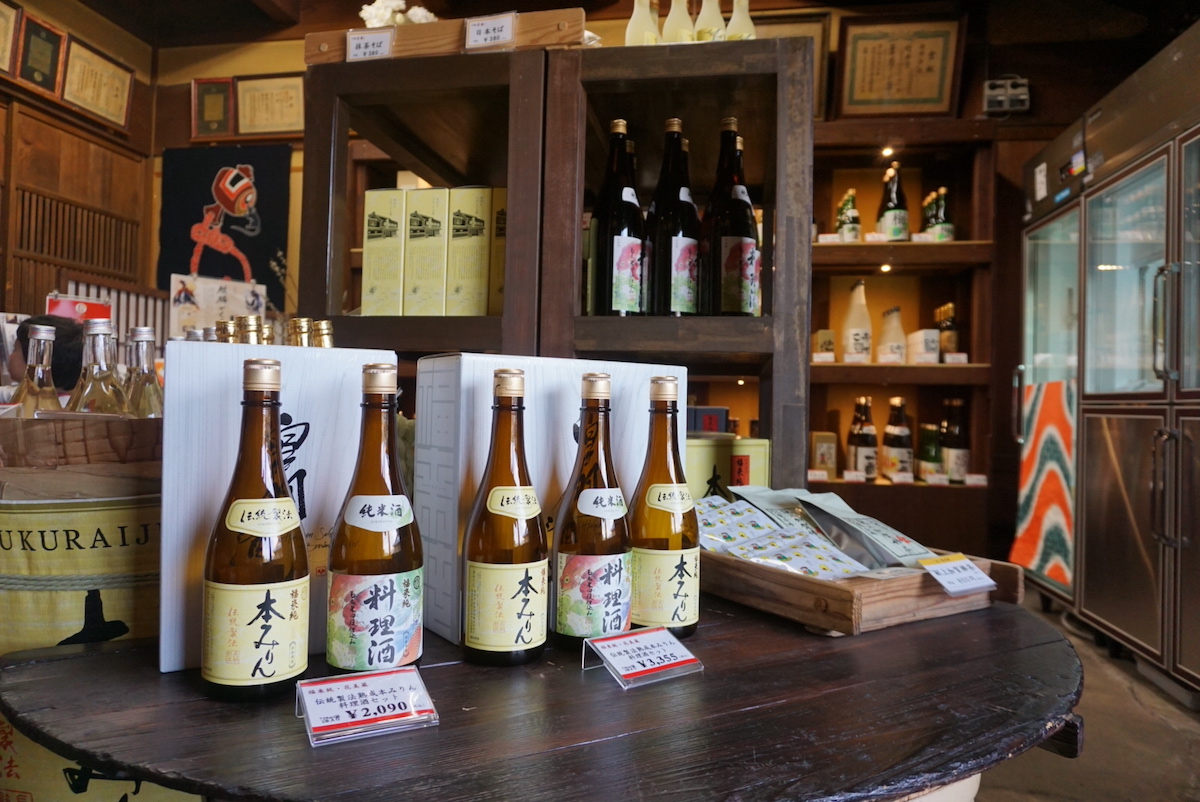
If you ever get an opportunity to come to Japan, I’d love for you to visit their plant. I highly recommend it.
The Plant Tour
In Hakusen Shuzo, they make mirin in the spring and fall seasons. When I visited this spring, I had an
opportunity to see the following steps:
– Their special koji-making method
– Mirin fermentation
– Pressing
First is the koji-making method which is hand-based and adjusted constantly based on any number of given factors including the season, the climate, and even the temperature and humidity, which change daily.
They start this process by first steaming the uruchi rice to make koji from scratch.
Rice-koji is the base ingredient of mirin. This process is done in a room called Koji-muro, and takes about 46 hours.
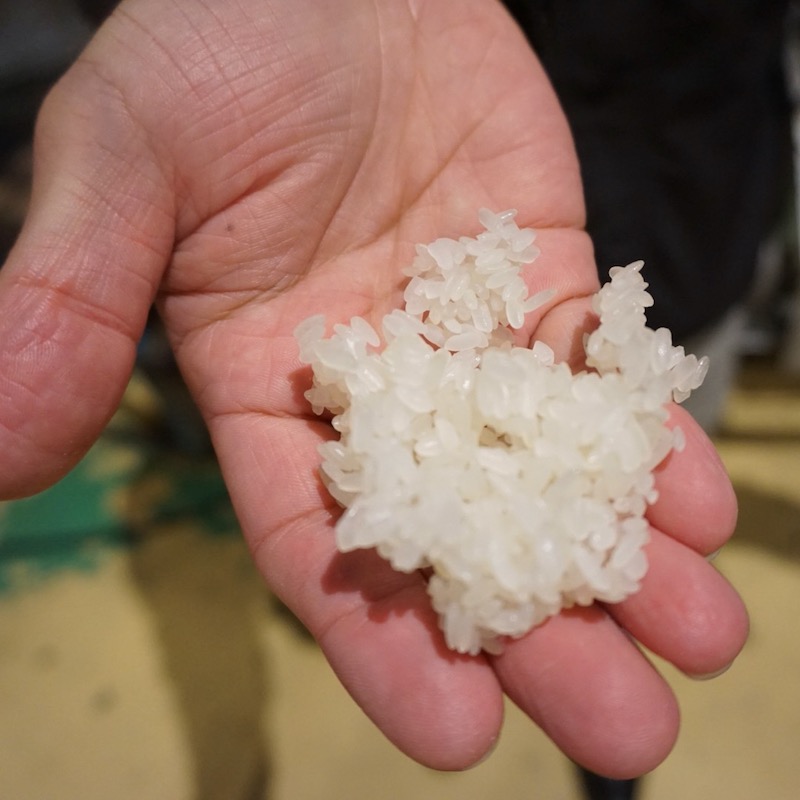

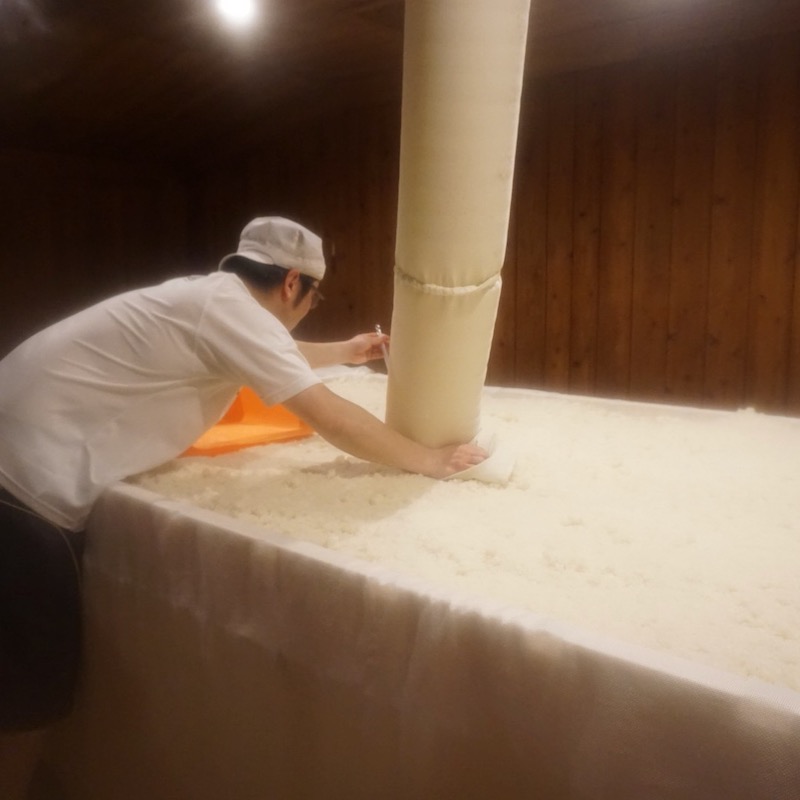

I was impressed by the sensitive and delicate work which deals with living bacteria, which varies depending on the temperature and humidity of the specific day and time.
Next is the process of shikomi (fermentation).
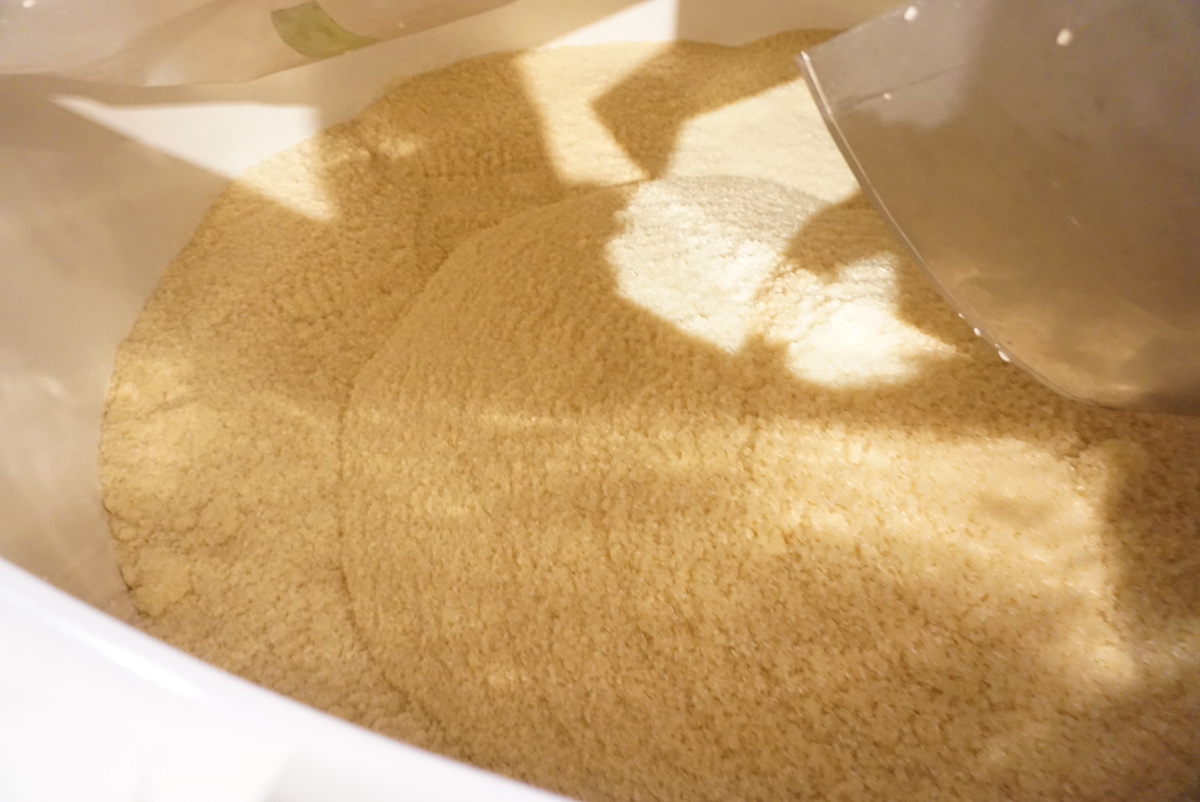
Slow fermentation process at room temperature brings out not only sweetness, but also umami in Mirin.
One of the tasks in the fermentation process is called “kai-ire (stirring).” Apparently this is a very tough labor-intensive task even for men.
The hardness of moromi and speed of aging varies, all depending on the season and climate. Because they are dealing with living bacteria, simply following a manual won’t always guarantee the same results. I realized that delicious mirin is produced only through the craftsman’s trial and error and years of experience.
And finally, this is the process of pressing.

By stacking the mashed sake (moromi) bags in a “fune(boat)”, the mirin is slowly pressed. Just by applying gentle pressure in the beginning, the rest will mostly get pressed by the force of gravity. Slow pressing process will help to preserve the taste or flavor, and will result in white, glossy, high-quality mirin. And this freshly pressed “white mirin” is also irresistible!
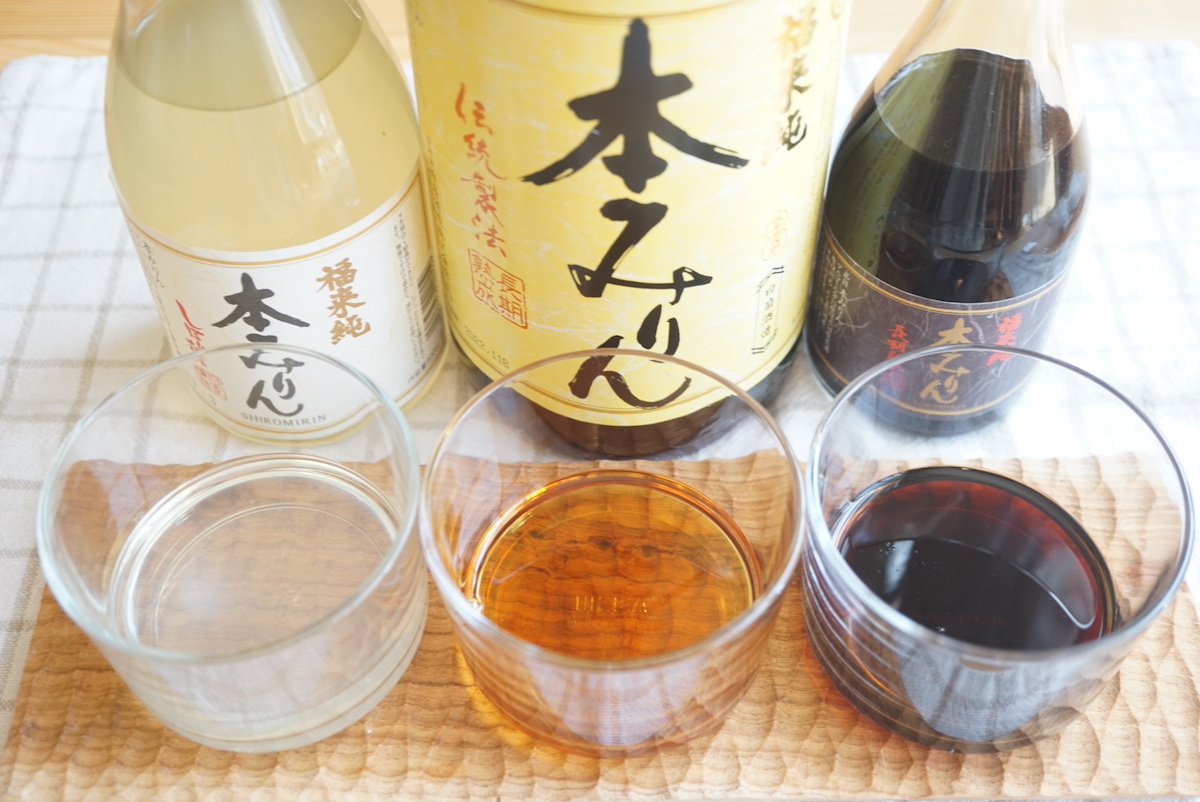
The ratio shows us that this is a very luxurious way to press mirin. If one tries to press the moromi too much, a bitter taste will get mixed in. This step also made me realize the craftsmen’s commitment to deliver the most delicious mirin. By putting the mirin pressed in this process in a tank and aging it for 2 to 3 years, a truly special hon-mirin is made.

I realized once again that the delicious mirin made by the traditional method takes a lot of time and effort. And as I mentioned at the beginning, every time I visit the plant and feel the Mirin-making of Hakusen Shuzo in action, I am truly fascinated all over again.
I got to understand the thoughts of the craftsmen and the process of how mirin is made. And by experiencing the story of mirin, I was moved, felt closer, and became more attracted to mirin. Made from Japanese treasures, rice and the power of fermentation, Mirin is also a Japanese treasure.
This tour made me realize again that I want many more people to visit the plant and learn about the charms of mirin!

Maho Tanabe, the organizer of "Mirin Sweets and Fermented Foods" at Minamoto Shokudo, is an inner beauty planner and owner of Minamoto cafeteria. With expertise in fermented foods using koji and sake, she is a recognized authority in the fermented foods industry.
